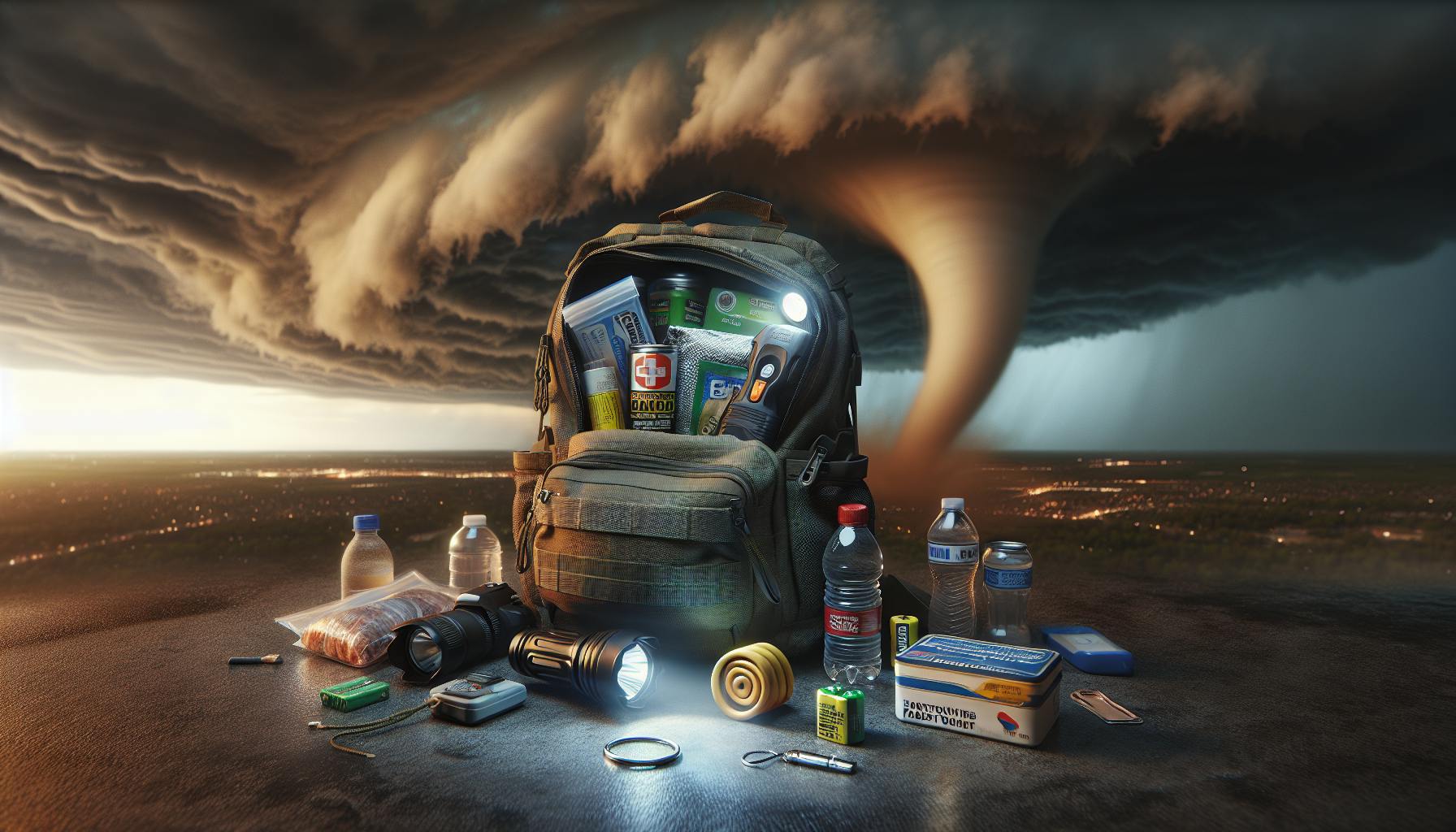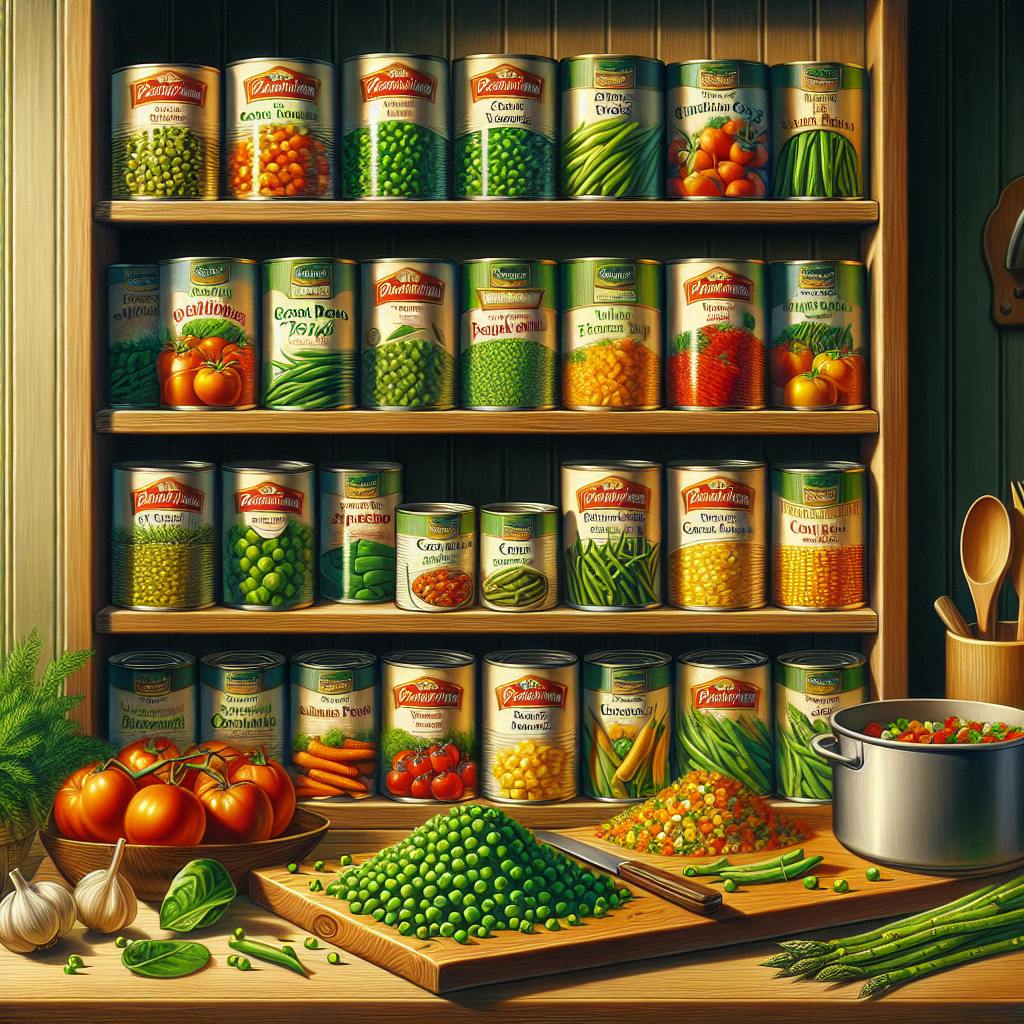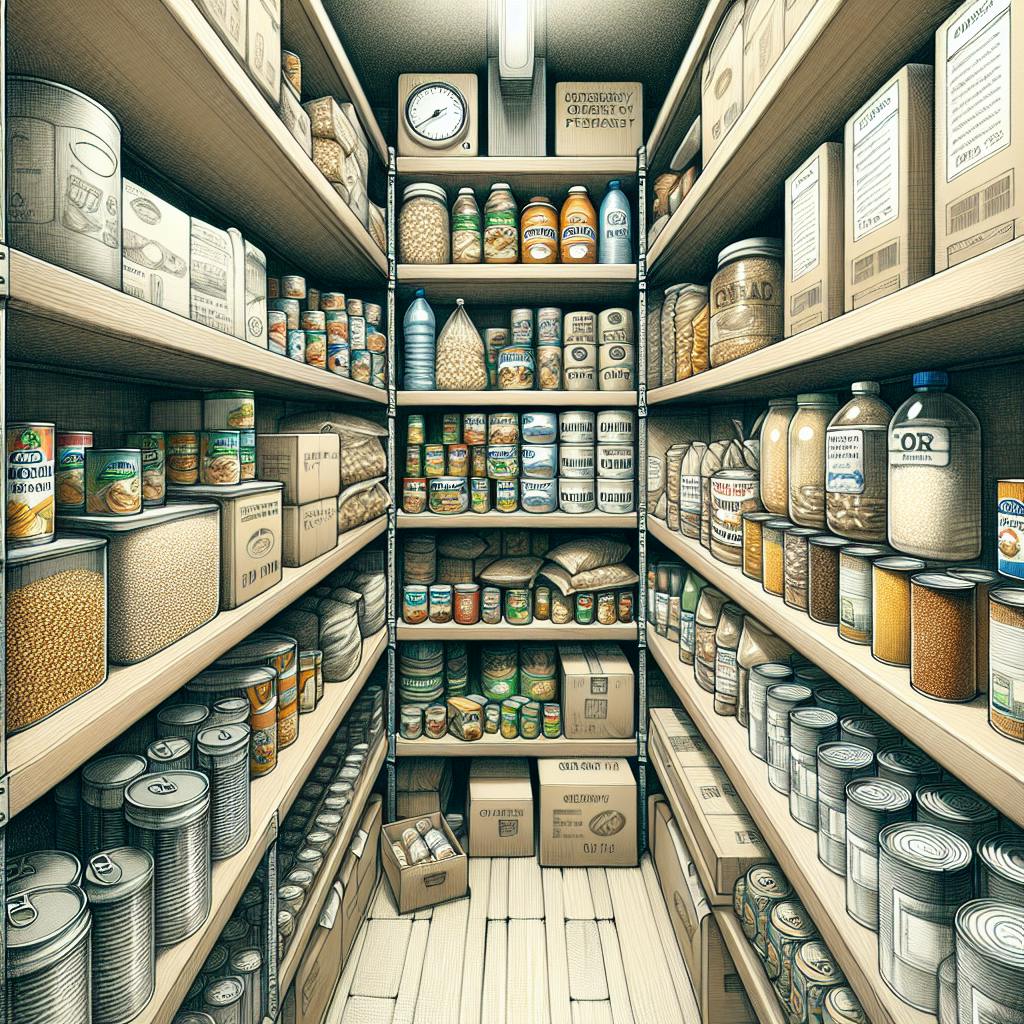Introduction: The Importance of Being Prepared
Recent natural disasters like Hurricane Ian in Florida and catastrophic flooding in Kentucky have demonstrated just how critical emergency preparedness is. Even a short disruption of just a few days can put people in life-threatening situations without access to essential resources. Having at least a 30-day supply of critical items provides a reasonable buffer to survive extended utility outages, supply chain breakdowns, or other emergencies.
While individual needs may vary based on location, health, and other risk factors, this comprehensive 30 day prepper list aims to cover key categories like food, water, medical supplies, gear, and sanitation. By building up reserves across these areas, you can withstand disruptions for up to a month. Of course, augmenting your preps for even longer durations is ideal if possible. But a 30-day timeframe balances practicality with preparedness.
Defining a 30-Day Prepper Supply List
When assembling your 30-day prepper supply list, keep in mind factors like climate, potential risks, and number of people supported. For example, those in hurricane prone regions may want additional food and water beyond the minimums listed here. Or someone with medical needs may require more medication or backup equipment. The goal is to estimate average durations for utilities like water, fuel, and electricity being disrupted.
While more common incidents like winter storms may only last for a few days, having a 30-day supply provides insurance for longer emergencies like pandemics or civil unrest. It also accounts for potential delays in government assistance. However, expand your preps beyond 30 days if possible. Even adding a few extra days can help. Just remember, some preparation is far better than none.
Emergency Food Essentials
Stockpiling emergency food is a key prepper priority. Focus on nutritional variety including proteins, fruits, vegetables, grains, nuts, and supplements. Useful items include canned goods like beans, soups, meats and fruits which store for years. Dehydrated camping meals and MREs offer lightweight options. Staples like rice, oats, lentils, wheat, and pasta provide carbohydrates and fiber. Trail mixes, granola, and protein bars are handy for snacks.
You'll need around 2,000 calories per person daily, factoring in sufficient protein, carbs, fats, vitamins and minerals. Expect to consume more calories than normal performing strenuous tasks. Comfort foods help morale in stressful times too. Don't forget pet food as well. Rotate stock regularly to stay fresh.
Stocking Up on Water
Plan for at least 1 gallon of water per person daily, equaling 30 gallons each over 30 days. Purchase bottled water or use food-grade containers to build reserves. Store in cool, dark areas and rotate every 6-12 months. WaterBOB bathtub bags provide 100+ gallons for short term backups. Beyond stored water, have ways to gather or purify water as well. Sawyer filters, Lifestraws, boiling, or pool shock can disinfect found water sources. Redundancy across storage and purification is key.
First Aid Supplies
Medical emergencies don't pause for disasters, so having robust first aid knowledge and supplies is critical. A baseline should include bandages, gauze, tape, topical antibiotics, pain relievers, latex gloves, trauma shears, thermometers, and any necessary prescriptions. Expand into treatments for trauma like bleeding control, sutures, chest seals, splints, and wound care based on your skills.
Pre-packaged kits offer convenience, but tailoring supplies to your specific risks is ideal. Build redundancy for essentials like bandages and antibiotics. Take inventory of expiration dates and rotate supplies annually. Consider enrolling in first aid classes focused on emergency response to boost your capabilities as well.
Essential Gear for Defense, Utility and Communication
Beyond sustenance, practical tools for communication, light, security, and other utilities are vital during emergencies when normal services are interrupted. Categories like radios, flashlights, multi-tools, and other critical equipment should be part of any 30 day prepper list.
Light Sources
Having multiple light sources and redundancy is key when the power goes out. Useful options include LED flashlights, magnetic work lights, headlamps, and solar-powered lanterns. A blend of spotlights, floodlights, and area lighting provides versatility. Waterproof and impact-resistant models withstand hazards better. Stock lots of spare batteries or consider self-powered crank lights.
The Anker Bolder LC40 runs for 400 hours on low and boasts 400 lumens. For headlamps, the Petzl Actik Core offers 300 lumens and ambient light sensors. LuminAID PackLite Nova solar lanterns provide area lighting. Choose lights tailored for your expected tasks and conditions.
Emergency Communications
Losing access to mobile networks makes two-way radios and satellite messengers essential. CB radios like the Cobra 29 LX connect to NOAA channels for weather and emergency alerts. The Midland MXT115 is a 15-mile walkie talkie with NOAA. For long range, the Garmin inReach lets you text global and monitor your location via GPS.
Radios using FRS, GMRS, or MURS bands reach further than consumer walkie talkies. Just steer clear of Ham radio bands unless licensed. Program radios in advance and ensure your group uses matching channels and privacy codes. Never rely on untested gear.
Defense Items
Any defensive tools should be legally owned and handled responsibly. Non-lethal options like pepper spray foggers, stun batons, or Tasers can protect without fatal force. If legally permitted, firearms provide more definitive protection - but require extensive safety training. Items like night visionscopes or motion-activated cameras also boost awareness.
Research laws in your region thoroughly first. Safely learn techniques at formal classes. Responsible storage and handling is paramount. Defense preps instill confidence but should be a last resort if avoidance and escape are unworkable.
Miscellaneous Preparedness Essentials
Proper sanitation, alternate cooking methods, multifunction tools, and other key preps further complete your 30-day preparedness supplies. Losing utilities makes improvising solutions for cooking, hygiene, and waste vital. Focus on tools optimized for off-grid use.
Alternate Cooking Devices
Without electricity, portable propane, butane, or isobutane stoves enable cooking and boiling water. Efficient models like the Camp Chef Everest offer 2+ burners. The smaller Camp Chef Tahoe provides a compact option. Have adequate fuel supply and extras mantles for lanterns. Wood stoves like the EcoZoom Rocket offer biomass cooking without relying on fuel stores.
Sanitation Supplies
Preventing disease depends on proper sanitation when infrastructure is impaired. Stock toilet paper, trash bags, bucket toilet lids, privacy tents, digging tools, disinfectants, soaps, feminine products, and other hygiene essentials. Designate an area for waste disposal and have a hand-washing station. Keeping clean is critical.
For improvised toilets, line buckets with trash bags. Add kitty litter or sawdust to control odor and moisture. Secure the lid when not in use. Dig outhouses or trenches for longer durations. Dispose of waste responsibly when able. Having sanitation plans in place will help maintain health.
Tools and Spare Supplies
A robust toolkit can handle repairs, construction, and general tasks better than makeshift tools. Stock work gloves, respirators, duct tape, tarps, sewing kits, multipurpose knives, cordage, and other handy equipment. Items like N95 masks, goggles, gloves help reduce disease transmission. Take inventory of critical extras needed for your particular situation and build reserves of useful materials. Redundancy of important items is key.
Finalizing Your 30-Day Preparedness Plan
Creating a stockpile can seem daunting. But breaking it down into categories like food, water, first aid, gear, sanitation and other essentials makes assembling a 30 day supply more manageable. The key is to start now, even if building up incrementally over time. Identify likely risks in your region, inventory what you already have, and set new goals.
No list can cover every possibility. Adapt and expand on these recommendations using your own research and resources. Get proficient with equipment ahead of time. Set reminders to cycle through items and add items with a longer shelf life. A thoughtful approach tailored to your situation can help you ride out many emergencies that may strike.


